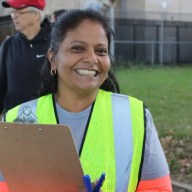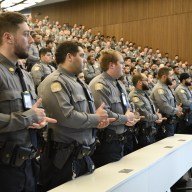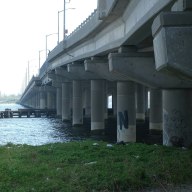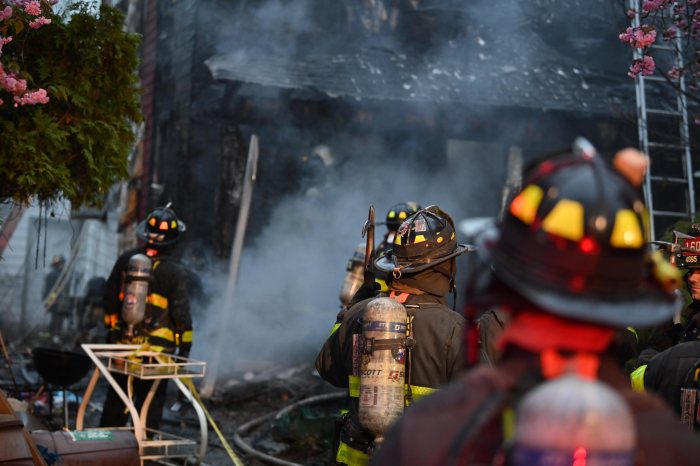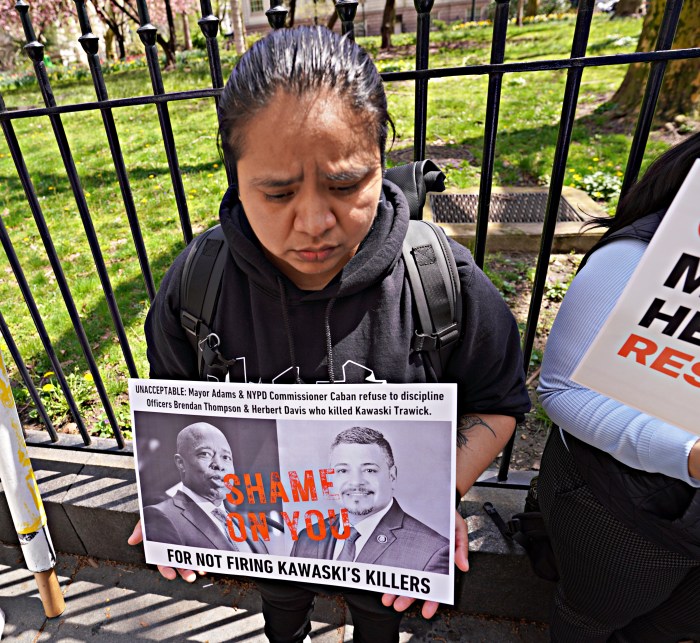By The Greater Astoria Historical Society
On June 24, 1964, newspapers reported on the disappearance of Queens College junior Andrew Goodman. Young people gathered on the college campus.
“Any news of Andyi” was the question they kept asking.
“No word from Mississippi,” was the answer.
There was no word on Goodman, 20, who had been missing since Sunday. He had gone south the day before to help in a voter registration drive.
The other missing worker, Michael Schwerner, also had ties to the college. He was the husband of Rita Schwerner, a Queens College graduate from the previous February and brother of Stephan, a Queens College employee.
The parents of the two missing civil rights workers took hope from a meeting with former President Lyndon Johnson, who gave his personal assurance of the government’s concern. They later met with then-Attorney General Robert Kennedy.
Said father Robert Goodman: “When he first suggested he wanted to go down there, we spoke of the dangers, the realities and also the values we have held in our home. This was a 20-year-old boy who was deeply conscious of moral right. In the end, he had our permission. After we talked at great length, we couldn’t turn our back on the values we had instilled in him.”
—
In June 1963, Con Edison proposed to build the world’s largest atomic power plant on the East River in Ravenswood. It was to generate 1 million kilowatts of electricity and come online in 1970. On June 14, the City Council began hearings where this plan and the general issue of atomic energy use in the city were discussed. The reason for the hearings was a bill to block the building of reactors in the city.
A leading atomic physicist, Dr. James E. McDonald of the University of Arizona, testified that technology to operate such a huge plant would not exist for another 10 years and supported the bill. He was particularly troubled about the “meltdown of the radioactive core,” which he contended would “release radioactive material into the atmosphere.” He also stated the containment building, as proposed by the utility, would not prevent the release of radioactive material into the environment.
On the other hand, then-U.S. Rep. Emanuel Celler of Brooklyn was concerned a ban on nuclear power in the city would prevent the possible construction of a nuclear-powered aircraft carrier at the Brooklyn Navy Yard and limit the use of atomic energy at educational institutions. Oliver Townsend, the director of the former state Office of Atomic Development, was concerned about the long-term effect of an atomic ban on the city economy.
Outside City Hall, a crowd of more than 100 protesters marched with signs saying, “No A-plant in New York” and “Don’t Make an Ash Out of Us.” Con Ed withdrew its application to build the plant Jan. 6, 1964, as a result of ongoing public protests. Instead, in 1965, Ravenswood Unit 3, a 1,000-megawatt conventional plant with a generator known as “Big Allis,” began operation.
For more information, call 718-278-0700 or visit astorialic.org.








